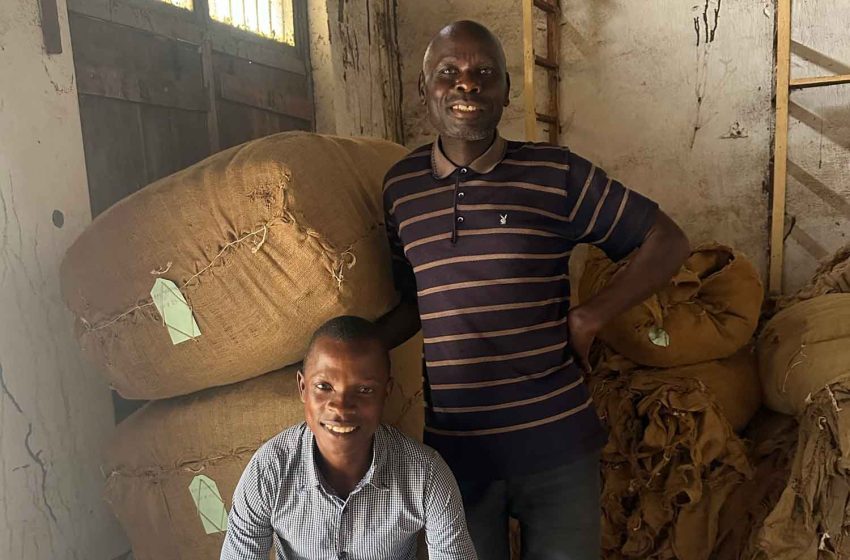
Following a record low harvest in 2022, Malawi has produced a more typical crop this season.
After last year’s short crop, the Malawi tobacco trade is looking forward to more normal volumes this season. Typically, Malawi’s rainy season starts in November/December, but in 2022, the rains came much later, delaying the growing season by two months to three months.
The drought coincided with transplanting in Malawi, causing a good percentage of the tobacco to dry out. Farmers contracted with one prominent leaf merchant alone suffered 35 percent plant mortality. As a result of the adverse weather conditions, Malawi produced 85 million kg of leaf last year—the lowest volume in a decade, according to the Tobacco Commission.
This season, by contrast, is looking more promising. The trade is anticipating some 128 million kg of leaf, closer to the normal figure of 130 million kg. Burley accounts for most of the volume (81 percent), followed by flue-cured Virginia (16 percent) and dark air-cured tobacco (3 percent). Initial surveys indicate a good quality leaf as well.

Industry representatives cite favorable weather during the growing season, with rain falling in the right places at the right times and in the right volumes—until Tropical Cyclone Freddy struck southern Africa. The system—the longest-lasting on record—pulled warm air from the Intertropical Convergence Zone and the Congo over the southern and central parts of Malawi for much of February and March, resulting in perpetual overcast and rainy conditions in those regions. When it hit Malawi on March 11, it brought torrential rains and gale force winds, dumping up to 300 mm of rain in a 24-hour period. Cyclone Freddy caused massive landslides and flooding, killing more than 1,000 Malawians. Tobacco companies have been contributing to relief efforts through the Tobacco Processors Association.
But while the storm devastated lives and infrastructure, it largely spared Malawi’s tobacco crop, and the market opened as scheduled on April 12. That is because most Malawi tobacco is grown in the country’s central and northern regions whereas the storm hit hardest in the south. According to Nixon Lita, chief executive of the TAMA Farmers Trust, the little tobacco that is grown in southern Malawi matures earlier than the leaf produced in the central and northern regions. “By the time the cyclone hit, many farmers had already reaped their tobacco,” he says.
Despite the increased volumes, Malawi will still fail to meet demand (see “Enduring Demand“), which is estimated at 150 million kg this year. According to Lita, it’s hard to double production in 12 months, especially with the significantly higher cost of production (see “Coping with the COP”) this year. If burley shortage results in good prices, as predicted, it should encourage more farmers to plant tobacco next year. –T.T.











